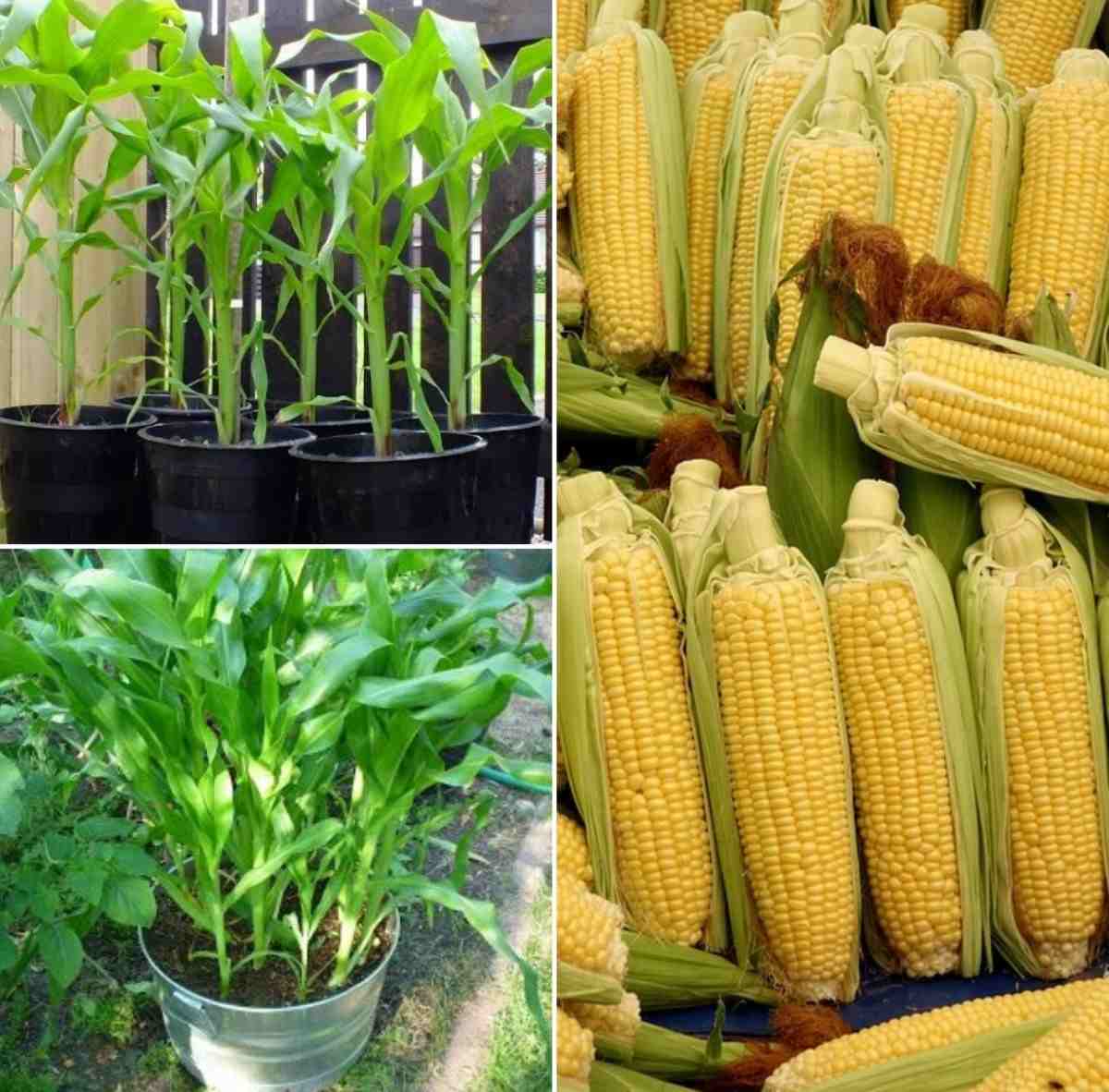Baby corn is a tasty addition to many dishes, but did you know you can easily grow it yourself? With just a bit of gardening knowledge, you can produce a bountiful harvest of petite cobs all summer long Follow this guide to successfully grow baby corn in your own backyard
What Exactly is Baby Corn?
Baby corn is simply immature corn that is harvested very early, before the kernels fully develop. Rather than being a special dwarf variety, it comes from harvesting standard sweet corn or field corn early.
-
The cobs are picked when just 2-4 inches long, compared to mature corn ears that can grow 6-10 inches long.
-
It has a sweet, delicate flavor and a tender, crunchy texture.
-
You’ll often see it in stir fries, salads, and other dishes in Asian cuisine.
-
It can be eaten raw or cooked. Fresh baby corn has a short shelf life so it’s best harvested and eaten immediately.
Choosing Corn Varieties for Baby Corn
Nearly any corn can produce baby corn. However, some varieties are especially suited for frequent early harvests.
-
Look for bicolored or white kerneled varieties as they tend to have the smallest, sweetest kernels.
-
Dwarf and short-season corns are also good choices since they mature quickly.
-
Hybrid sugarsweet, minimini, and microcorn varieties are bred specifically for baby corn production.
-
Snowbaby, Babycorn, and Bodacious Baby are additional varieties to try.
When to Plant Baby Corn
Timing is important when growing baby corn. Follow these tips:
-
Direct sow seeds in the garden after all chance of frost has passed in spring.
-
Corn needs warm soil (at least 60°F) to germinate well.
-
Start seeds indoors 3-4 weeks before your last expected frost for a head start on growth.
-
Succession plant small batches of seeds every 2 weeks for a continuous harvest lasting all summer.
Growing Conditions for Baby Corn
Make sure to provide the right conditions for your baby corn:
-
Plant in full sun – corn needs at least 8 hours of direct sunlight daily.
-
Choose a sheltered spot protected from wind, which can damage tender plants.
-
Corn requires very fertile, well-draining soil that’s rich in organic matter. Mix in compost before planting.
-
Keep soil consistently moist. Water at the base of plants and avoid wetting the leaves.
How to Plant Baby Corn
Follow these steps when planting your baby corn:
-
Plant seeds 1 inch deep and 4-6 inches apart in rows 2-3 feet apart. Plant closer together than full size corn.
-
Thin seedlings to 8-12 inches apart once they sprout to prevent overcrowding.
-
Consider interplanting baby corn with quick-growing salad greens that will be harvested before the corn matures.
-
Use trellises or fencing to support shorter stalks prone to falling over under the weight of frequent small harvests.
Caring for Your Baby Corn Crop
Baby corn needs minimal care as it grows:
-
Apply a balanced liquid fertilizer when plants are 12-18 inches tall to fuel growth.
-
Weed carefully around baby corn to prevent disrupting the shallow roots. Mulch also smothers weeds.
-
Avoid disturbing the roots when cultivating or harvesting.
-
Ensure adequate, even moisture. Baby corn is prone to drying out.
-
Monitor for corn pests like earworms, though baby corn is less susceptible than mature corn.
Harvesting Baby Corn
Here are some harvesting tips:
-
Check plants daily once silks start to emerge from ears. The harvest window is narrow, only 2-3 days.
-
Use scissors or pruners to snip ears off plants once they reach your desired size, typically 2-4 inches long.
-
Try to harvest in the morning when corn sugars are highest.
-
Handle the minuscule ears gently to avoid bruising. Refrigerate immediately after picking.
-
Expect to harvest each plant every 2-3 days over approximately a month as new ears develop.
-
Let late ears fully mature if you also want larger sweet corn. Simply stop harvesting early ears at some point in the season.
Now that you know how to grow baby corn, you can enjoy this garden treat without relying on store-bought cans and jars. Homegrown baby corn is extra sweet, crisp, and delicious.
Growing and Harvesting Babycorn | How to grow Babycorn from seeds
FAQ
Is baby corn easy to grow?
Is baby corn different from regular corn?
How do you grow tiny corn?
How do you grow baby corn?
Corn grows best in rich, well-draining soils, with a pH ranging from 5.5 to 7.0. Prepare the soil in advance, making sure to incorporate plenty of compost or manure and turning it to a depth of around 10 inches (25 cm). Unlike corn grown for the mature cobs, baby corn requires less space and can even be planted along a fence.
Can baby corn be grown from sweet corn?
Growing baby corn is similar to growing fully mature corn cobs — but even more manageable. The only difference is the time it takes to reach maturity, which is significantly shorter. You can grow it from any type of corn seed, including multicolored varieties. However, for the best flavor, we recommend growing it from sweet corn kernels.
How long does it take for baby corn to grow?
The variety of corn you choose to plant is an important factor in determining the time it takes for the baby corn to develop. Some varieties of corn, such as ‘G90’ or ‘Golden Bantam’, are known to mature at a faster rate than others. These varieties have a shorter growing season and can be harvested in as little as 60 days.
Can you grow baby corn indoors?
If you’re growing baby corn in containers indoors, you can sow the kernels in the soil directly, without using seed trays or pots. In this case, we suggest sowing around 10 seeds per pot and thinning them out to 5 or 6 plants once they develop two or three sets of leaves each.

